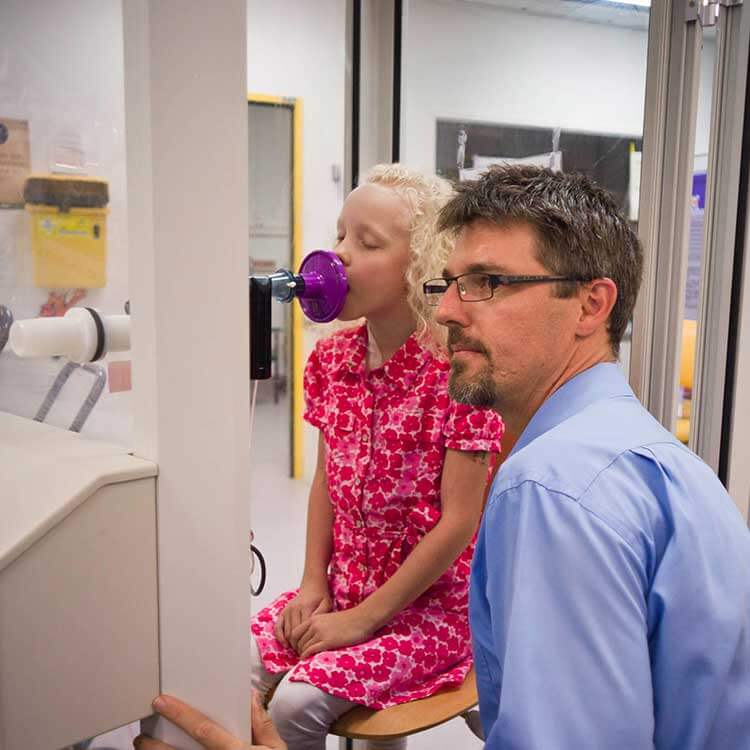Search
Research
Expiratory flow limitation and breathing strategies in overweight adolescents during submaximal exerciseYoung people who are overweight/obese are more likely to display expFL during submaximal exercise compared with children of healthy weight.
Research
The effect of 100% oxygen on tidal breathing parameters in preschool childrenThis study aimed to determine whether breathing 100% oxygen altered tidal breathing parameters in healthy young children and young children with CF.
Research
Emerging Early Life Environmental Exposures and Lung DevelopmentIn this review article we systematically summarize the evidence for an impact on lung development of 1) maternal ingestion of arsenic contaminated drinking...
Research
The 'Can't Intubate Can't Oxygenate' scenario in pediatric anesthesia: A comparison of the Melker cricothyroidotomy kit with a scalpel bougie techniqueWhile the majority of pediatric intubations are uncomplicated, the 'Can't intubate, Can't Oxygenate' scenario (CICO) does occur.
Research
The safety and feasibility of the inhaled mannitol challenge test in young childrenMannitol challenge tests are used clinically to diagnose asthma and, in particular, exercise-induced broncoconstriction (EIB) in adults and children above 6...
Research
Characterization of maximal respiratory pressures in healthy childrenMeasurements of maximal voluntary inspiratory (Pi max) and expiratory (Pe max) pressures are used in the management of respiratory muscle disease...
Research
Infection, inflammation,and lung function decline in infants with cystic fibrosisBetter understanding of evolution of lung function in infants with cystic fibrosis...
Research
Reference values for spirometry: The way forward for our patientsFew clinical respiratory laboratories have assessed the impact of changing reference equations on the interpretation of spirometric outcomes.
Research
Lung volume and ventilation inhomogeneity in preterm infants at 15-18 months corrected ageTo assess whether lung volume and ventilation inhomogeneity in preterm infants at 15-18 months corrected age

News & Events
Lung problems continue into childhood for premmie babiesNew research from Perth’s The Kids Research Institute Australia shows that babies born premature continue to have lung problems well into childhood.
